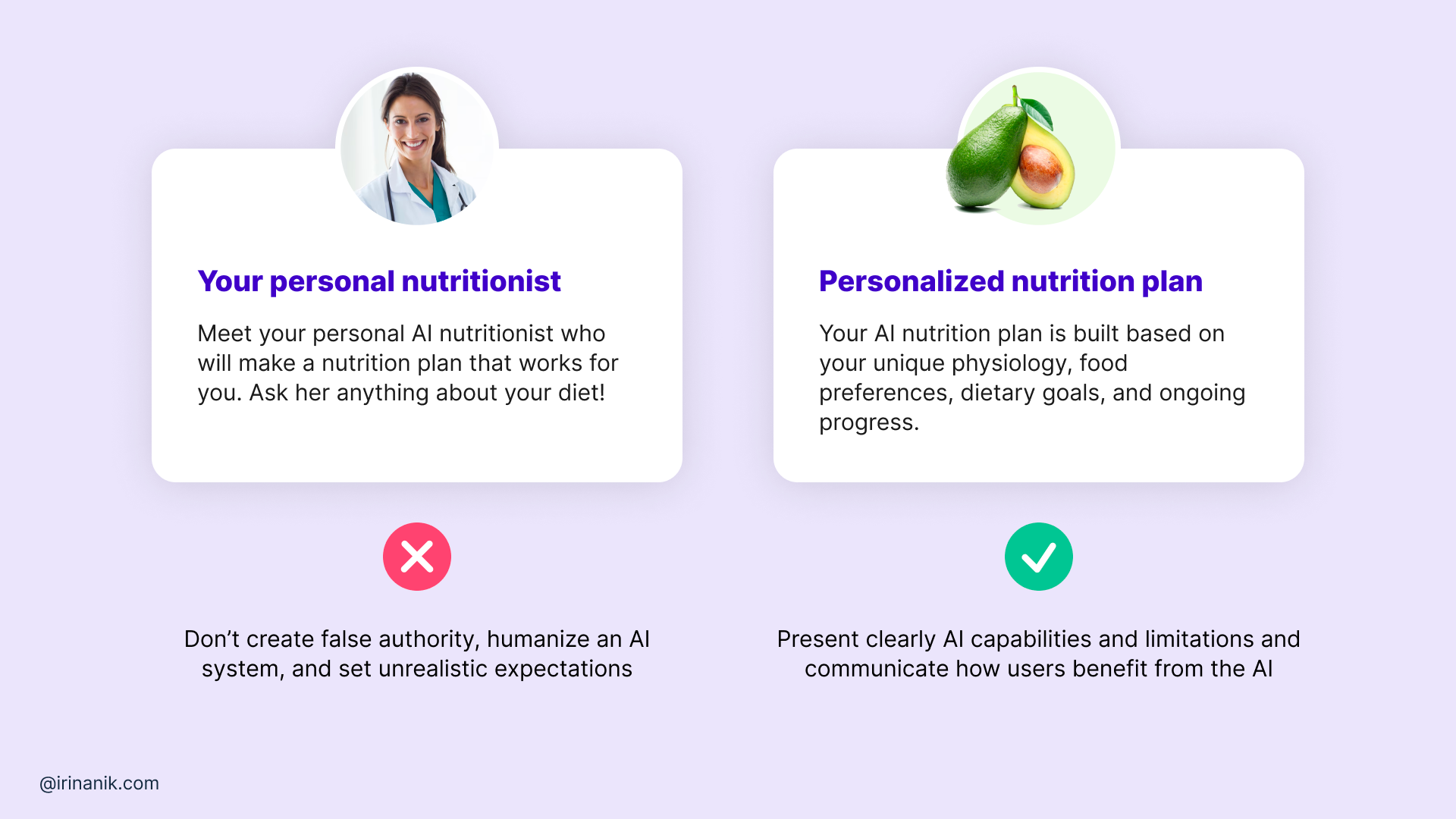Mapping out how A.I. agents can better interact with — and on behalf of — your users.

Agent-service
I believe we stand on the precipice of a partial shift from self-service to “agent-service.”¹ Soon, autonomous A.I. agents will not only be able to answer questions, but also effectively perform tasks on our behalf. These agents, both affordable and adaptable, will be particularly attractive in areas where self-service has been cost-effective, yet has imposed more work on the customer. Self-service tax filing, detailed travel planning, and B2B buying come to mind. However, these agents, susceptible to misinterpreting commands and stumbling in execution, are not without their flaws. Thus, an important challenge lies in creating agents capable of not only overcoming the pitfalls of self-service (such as extra effort and complexity for the user) and human service (such as high costs and variability in service quality) but also the communication and delivery challenges associated with agent-service itself. After all, the goal is to achieve better, not worse, customer experiences and business outcomes.
This is where the SERVICE principles aim to help — a set of guidelines for designing agent-user interactions. Grounded in the best practices of customer service and hospitality, such as focusing on what the customer needs, guiding customers, personalization, and empathy², these principles emphasize the importance of simplicity and user agency in optimizing agent-user interactions.
Starting from first-principles
The introduction of new technology asks us to rethink existing problems, workflows, and their underlying assumptions. While the SERVICE principles guide agent-user interaction, they don’t define the workflow structure. Thus, before using the SERVICE principles, one should approach from first principles, starting by identifying the workflow’s core elements by asking:
- What task does the user need to accomplish?
- What are the essential steps/parts to reach this goal?
- Why are these steps necessary?
- Can any step be removed or simplified using an agent while still achieving the goal? If the answer to this question is “no,” consider exploring alternatives to implementing an agent.
At this stage, one should also embrace the idea of having the user-flow be flexible and multi-directional, catering to unique needs and actions at various stages. This can help to ensure a customized, efficient user experience.
The S.E.R.V.I.C.E. principles
The S.E.R.V.I.C.E. principles aim to help product builders think about how their agent should interact with its users. The seven points relate to the agent’s responses and actions vis-a-vis the users through text, voice and other UI components such as cards, buttons, and graphics.
- Salient. Provide responses specifically tailored to the users’ request, highlighting only the salient elements for their next action. Remove any elements that might detract attention and make it easy for them to complete their main task. Ask Yourself: What are the salient elements needed for the user to complete their next step?
- Explanatory. Identify the users’ underlying concerns and provide sufficient explanatory context when making choices or recommendations on their behalf. Strive for a “minimum viable context,” using concise snippets and ‘read more’ buttons to offer further clarity without overwhelming the user. Ask Yourself: Which user concerns/needs should be addressed, and how can they be provided with explanatory context for users’ informed decision-making?
- Reviewable. Interpret users’ input and show them what they’ve chosen in a way that is easily reviewable. This allows users to provide any necessary adjustments or to feel comfortable moving forward without clarifications. Ask Yourself: What are the users’ current selections or inputs, and in what format can they be made reviewable and understandable?
- Vaulted. Securely store vital information from previous user interactions. Use this to auto-complete, reducing the need for them to repeat already vaulted information. Ask Yourself: What crucial information should be vaulted from past user interactions to improve future exchanges?
- Indicative. Anticipate the user’s subsequent steps and needs, offering indicative guidance or suggestions such as ‘suggested next step’ buttons or ‘auto-complete’ functions to facilitate a smooth, guided interaction to the desired user and business outcome. Ask Yourself: Based on the current stage of the user’s journey, what are indicative signals or suggestions that could guide them towards the next step and your business objective?
- Customized. Customize the options or suggestions based on the user’s past behavior or their user group, continually improving these personalizations over time. This personal touch can make the user feel more understood and satisfied. Ask Yourself: What are ways to customize options or recommendations for the user based on their past behavior or user group, and how can these personalizations improve over time?
- Empathic. Respond in a way that shows understanding of the user’s emotions and be quick to handover the user to a self-service option if stuck. For instance, if a user seems frustrated, acknowledge their frustration, and apologize for any inconvenience. Ask Yourself: When necessary, how can the agent be empathetic and reflect understanding of the user’s emotional state in their responses?
Continuous learning
As autonomous A.I. agents advance in capability and deployment, ensuring alignment and effective interaction with humans becomes even more crucial. By thoughtfully applying the SERVICE principles, we can ensure A.I. agents build on well-established hospitality and customer service practices to enhance communication and collaboration. In turn, through their continuous engagements and conversations with us, these agents will discover and relay new patterns and insights, helping us to deepen our comprehension of human interactions and illuminating new ways we can further enhance them.
Thoughts? Input and comments are always welcome.
Further exploration:
- Designing for AI: beyond the chatbot — an excellent article by Ridhima Gupta discussing how to leverage AI in applications.
- Generative UI Demo — video by Rupert Manfredi showcasing how UI can dynamically change based on user input.
- UX: Designing for Copilot — video by Microsoft highlighting their UX approach to co-pilots.
- In chatbots we (mostly) trust — article by Dora Cee discussing chatbot interactions.
- Simplicity is the key to a long-lasting experience — article by Varant Kandilian discussing the importance of simplicity in design.
Notes:
[1]: For discussion on how imminent and impactful these advanced A.I. and agent systems might be, see Mustafa Suleyman, “My new Turing test would see if A.I. can make $1 million,” Technology Review, July 14, 2023. Retrieved from URL.
[2]: These points derive from long-established principles in hospitality and customer services and are largely explored in the book “The Heart of Hospitality: Great Hotel and Restaurant Leaders Share Their Secrets” by Micah Solomon. Additional core principles, such as being transparent, assuring the customer, and memory of customer details, are discussed in Harvard Business Review articles here, here, and here, and in Forbes here.
[3]: As with any principles or guidelines, the SERVICE principles’ effectiveness hinges on the task complexity and use-case scenarios, necessitating customization to fit unique contexts. Moreover, just like dependable software systems, A.I. agents need to guarantee precision, respect privacy, remain accessible, and deliver dependable results.
SERVICE principles for designing tactful AI agents was originally published in UX Collective on Medium, where people are continuing the conversation by highlighting and responding to this story.


Leave a Reply